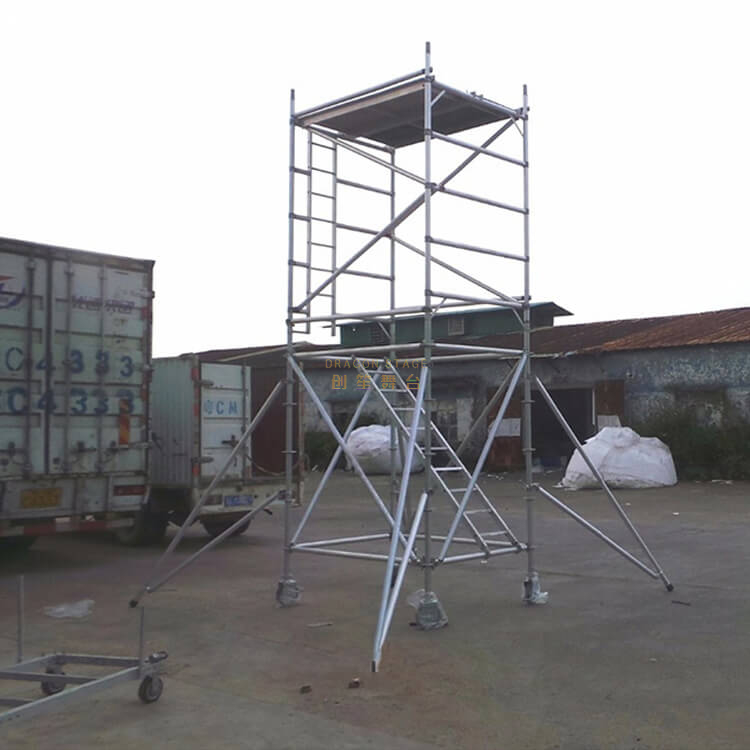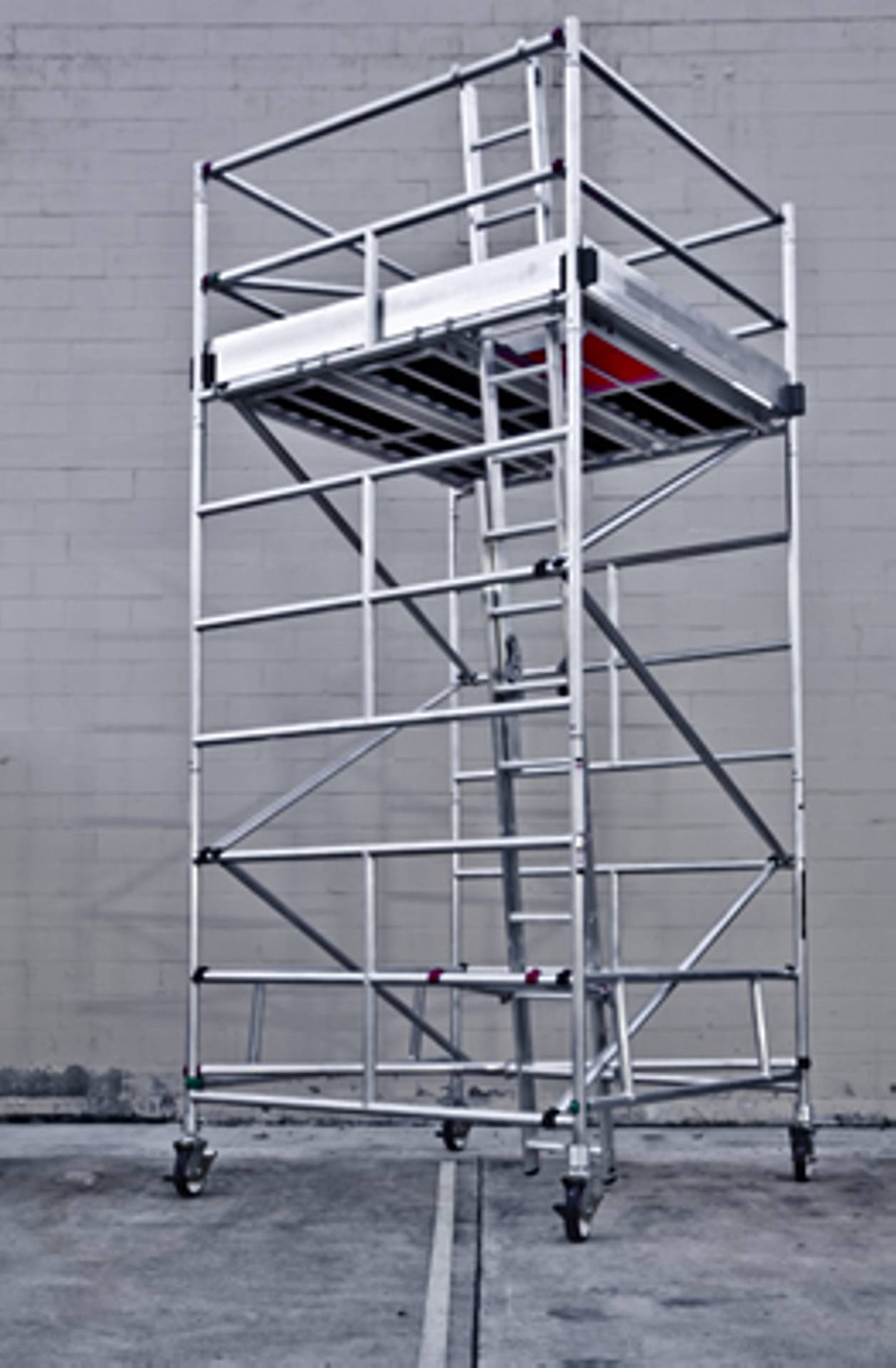Scaffolding Innovations: Raising Effectiveness and Safety And Security

Scaffolding on Historic Buildings: Obstacles and Solutions
Protecting historical buildings with scaffolding includes attending to product deterioration and seismic problems. https://redbridgescaffolding.co.uk/index.html Cooperation in between conservation experts and engineers is crucial. Access constraints because of narrow flows call for alternate services while preserving the building's original facade. Lasting materials and progressed innovation deal innovative options, guaranteeing efficient conservation. Utilizing conventional reconstruction techniques and routine evaluation is vital for stability and safety. The careful equilibrium of these difficulties and options is necessary in protecting the historic relevance of these building treasures.
Architectural Obstacles

The architectural challenges related to scaffolding on historic structures often need a nuanced strategy to guarantee the preservation of the building integrity. When attending to product destruction, it is important to recognize the effect of time on the structural elements of historic erections. Years of exposure to environmental problems can lead to the degeneration of products such as wood, rock, or steel, demanding mindful assessment and potentially substitute throughout restoration projects.
Additionally, seismic enhancing presents another significant worry when putting up scaffolding on historical buildings. Ensuring that the structure can withstand possible seismic activity without endangering its historic features calls for specialized design know-how and thorough planning. By incorporating seismic enhancing strategies into the scaffolding layout, such as base isolators or reinforced frameworks, the historic building can be protected versus potential quake damages while still permitting required reconstruction job to happen.
Balancing the need for structural reinforcement with the conservation of historical credibility is a fragile yet necessary element of scaffolding on historical structures.
Conservation Considerations
Protecting the historic value of a building during scaffolding tasks involves thorough focus to preservation principles and specialized methods. When servicing historic structures, preserving building stability is extremely important. Scaffolding must be meticulously made and mounted to make sure it sustains the structure without endangering its historical features. Preservation experts frequently collaborate closely with scaffolding engineers to develop services that secure the structure's one-of-a-kind style components.
One more important element of preservation factors to consider is the aesthetic influence of scaffolding on historical buildings. The aesthetic look of scaffolding can substantially alter the perception of a building, particularly if it is a well-known landmark. Therefore, actions such as making use of materials that assimilate with the building's exterior or incorporating decorative elements right into the scaffolding layout might be essential to decrease the aesthetic influence.
Access Limitations
During scaffolding jobs on historic buildings, maneuvering accessibility limitations positions considerable difficulties that need careful planning and cutting-edge remedies. Flexibility concerns can occur as a result of narrow flows or restricted paths around the structure. These limitations may be exacerbated by the need to protect the heritage elements of the structure, which can restrict the setup of standard scaffolding systems.
Heritage restrictions commonly determine that the original fa ade or architectural elements can not be altered or harmed throughout the scaffolding process. This suggests that common scaffolding approaches might not be applicable, calling for experts to create alternate gain access to techniques that are both vital and respectful of the structure's historic importance.
Furthermore, movement issues can impact the performance of the building job, potentially lengthening task timelines and boosting expenses. It is necessary for job supervisors to carry out thorough website assessments and work together carefully with heritage preservation authorities to establish tailored solutions that address gain access to limitations while guarding the stability of the historic building.
Innovative Solutions
Managing accessibility restrictions on historic buildings throughout scaffolding jobs requires the exploration of innovative remedies to ensure effective and respectful preservation of the framework's heritage relevance. One such service entails making use of lasting products in the building and construction of scaffolding. By opting for green products such as bamboo or recycled steel, the ecological impact can be minimized while still giving the required support for restoration job.
Moreover, the assimilation of advanced modern technology can likewise supply ingenious solutions for scaffolding on historic structures. For example, making use of drones equipped with high-resolution cams can assist survey hard-to-reach locations of the building, offering valuable data for the scaffolding layout procedure. https://redbridgescaffolding.co.uk Additionally, 3D printing technology can be used to produce personalized scaffolding parts that specifically fit the distinct contours of historic frameworks, making sure a safe and secure and customized fit.
Finest Practices
Applying industry-established standards is necessary for making sure the successful and delicate execution of scaffolding jobs on historic structures. When it involves best practices for scaffolding on historical structures, it is essential to take into account not only the structural facets but also the historic and aesthetic significance of the building. Here are some key points to remember:

- Use of Typical Reconstruction Strategies: Utilizing conventional repair techniques can assist maintain the authenticity and historic integrity of the structure.
- Routine Tracking and Assessment: Normal monitoring and inspection of the scaffolding framework is essential to ensure its stability and safety, in addition to to stop any damages to the historic structure.
- Attending To Visual Problems: Taking notice of aesthetic issues such as the visual effect of the scaffolding on the structure's facade is important. Using products and shades that blend in with the building's style can aid decrease aesthetic interruptions during the repair procedure.
Often Asked Questions
What Are the Governing Requirements for Scaffolding on Historic Buildings?
Preservation requirements and safety measures are important when setting up scaffolding on historical structures. Regulative demands focus on preserving historic importance while making sure architectural honesty and worker safety. Conformity with these criteria is important for effective reconstruction tasks.
Exactly How Do Weather Effect using Scaffolding on Historical Frameworks?
Weather conditions play an essential duty in the preservation obstacles of historical frameworks. From extreme temperatures to high winds and precipitation, these aspects can affect the security and effectiveness of scaffolding made use of for maintenance and restoration work.
Exist Certain Insurance Considerations for Utilizing Scaffolding on Historic Buildings?
Insurance protection for scaffolding on historical buildings requires specialized plans due to the distinct threats connected with heritage preservation. Elements such as the structure's age, historical importance, and possibility for damage throughout repair job have to be meticulously taken into consideration in these policies.
What Are the Possible Threats and Liabilities Related To Scaffolding on Historic Buildings?
Scaffolding risks on historical structures position significant responsibility worries, impacting heritage preservation and architectural integrity. Problems such as damages to delicate exteriors, prospective architectural weakening, and historical relevance jeopardization have to be thoroughly handled to ensure conservation efforts succeed.
Exactly how Do Social and Community Factors To Consider Contribute in using Scaffolding on Historic Structures?
Cultural preservation is important in keeping the credibility of historic structures. Neighborhood engagement ensures that local worths and perspectives are taken into account when utilizing scaffolding on these buildings, fostering a collective strategy that values heritage while resolving functional requirements.
Verdict
To summarize, scaffolding on historical buildings offers structural difficulties, preservation considerations, and accessibility restrictions.
Nevertheless, innovative solutions and best methods can aid minimize these challenges and assure the successful preservation of these important frameworks.
It is essential to very carefully prepare and carry out scaffolding jobs on historic structures to safeguard their integrity and historic significance for future generations.
